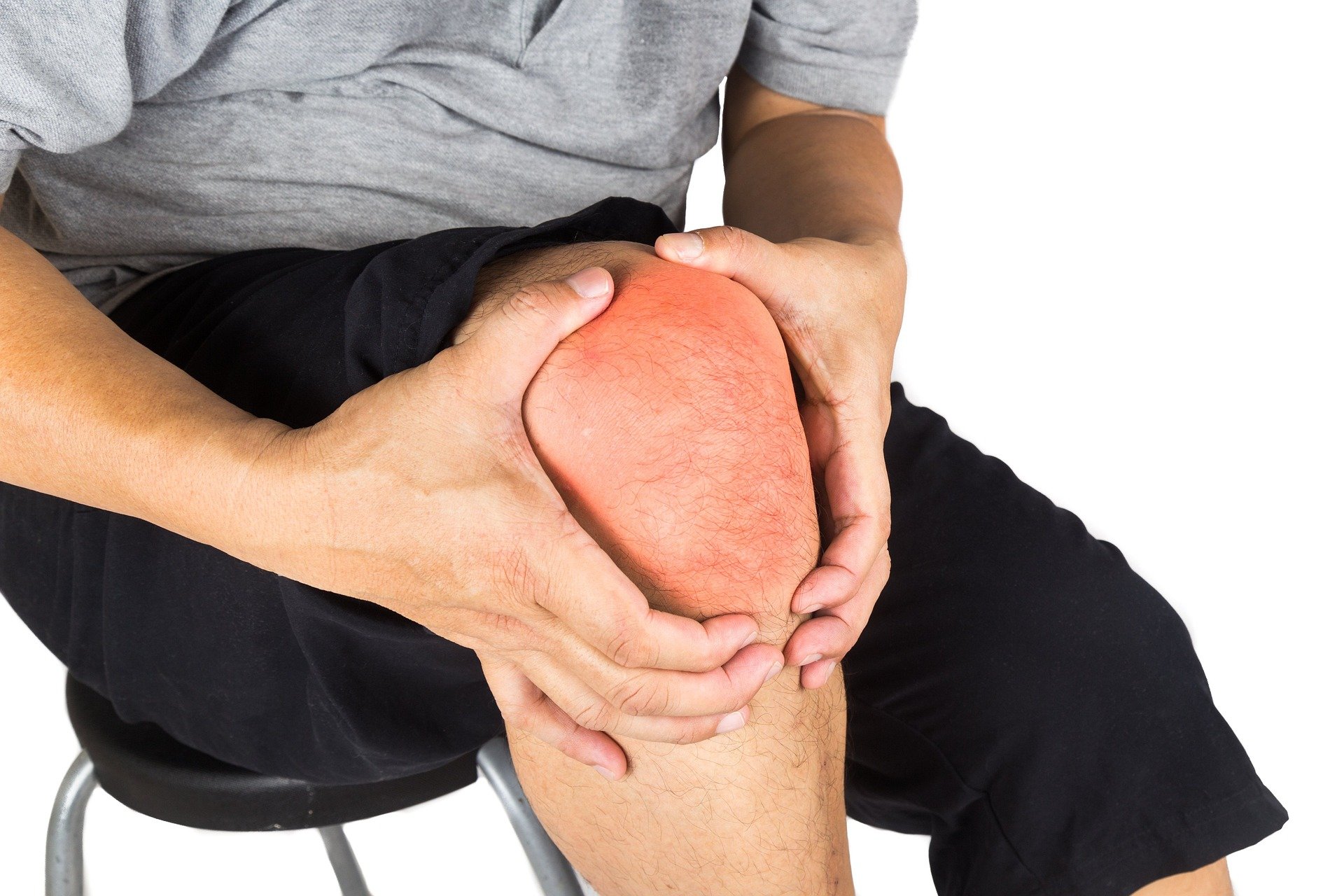Psoriatic Arthritis: Recognizing Side Effects and Supportive Management Strategies
Psoriatic arthritis is a chronic inflammatory condition that affects both the skin and joints, combining the challenges of psoriasis with joint pain and stiffness. This autoimmune disorder can significantly impact daily life, causing symptoms that range from mild discomfort to severe disability. Understanding the various aspects of this condition, from recognizing early warning signs to implementing effective management strategies, is crucial for maintaining quality of life and preventing long-term complications.

Common Symptoms and Side Effects Risk Factors
Psoriatic arthritis presents with a diverse range of symptoms that can vary significantly between individuals. Joint pain and swelling are the most prevalent manifestations, typically affecting fingers, toes, spine, and larger joints like knees and ankles. Many people experience morning stiffness lasting more than 30 minutes, along with fatigue that can be debilitating.
The skin component includes the characteristic scaly, red patches of psoriasis, which may appear before, during, or after joint symptoms develop. Nail changes are particularly common, including pitting, ridging, and separation from the nail bed. Some individuals develop enthesitis, which is inflammation where tendons and ligaments attach to bones, causing pain in areas like the heel or elbow.
Risk factors for developing psoriatic arthritis include having psoriasis, family history of the condition, age between 30-50 years, and certain genetic markers. Environmental triggers such as infections, stress, or physical trauma may activate the condition in genetically predisposed individuals.
Diagnosis and Medical Evaluation
Accurate diagnosis of psoriatic arthritis requires comprehensive medical evaluation, as no single test can definitively identify the condition. Healthcare providers typically begin with a detailed medical history and physical examination, looking for characteristic joint patterns and skin manifestations.
Blood tests help rule out other forms of arthritis and may reveal elevated inflammatory markers like C-reactive protein or erythrocyte sedimentation rate. Unlike rheumatoid arthritis, psoriatic arthritis patients are usually negative for rheumatoid factor. Imaging studies, including X-rays, MRI, or ultrasound, can detect joint damage, inflammation, and bone changes specific to psoriatic arthritis.
The evaluation process may involve multiple specialists, including rheumatologists, dermatologists, and primary care physicians working together to establish an accurate diagnosis and develop appropriate treatment plans.
Supportive Management Strategies Home and Lifestyle Adaptations
Effective management of psoriatic arthritis extends beyond medical intervention to encompass comprehensive lifestyle modifications. Regular physical activity plays a crucial role in maintaining joint flexibility and muscle strength. Low-impact exercises such as swimming, cycling, and yoga can help reduce stiffness without placing excessive stress on inflamed joints.
Stress management techniques, including meditation, deep breathing exercises, and adequate sleep, are essential since stress can trigger symptom flares. Maintaining a healthy weight reduces mechanical stress on weight-bearing joints and may help decrease overall inflammation.
Heat and cold therapy can provide symptomatic relief. Warm baths or heating pads may help reduce morning stiffness, while cold packs can decrease acute inflammation and pain. Ergonomic modifications to workspaces and daily activities can help protect joints from unnecessary strain.
Monitoring and Ongoing Care Resources and Support
Long-term management of psoriatic arthritis requires regular monitoring to assess disease progression and treatment effectiveness. Healthcare providers typically schedule follow-up appointments every three to six months, adjusting treatment plans based on symptom changes and objective measures of inflammation.
Patient education programs and support groups provide valuable resources for learning about the condition and connecting with others facing similar challenges. Many hospitals and community centers offer arthritis education classes that teach joint protection techniques and coping strategies.
Physical and occupational therapy services help individuals maintain independence and adapt to changing functional abilities. These professionals can recommend assistive devices, home modifications, and exercise programs tailored to individual needs and limitations.
Managing Psoriatic Arthritis Safely
Managing psoriatic arthritis effectively requires a comprehensive approach that combines medical oversight with proactive self-care strategies. Early recognition of symptoms and prompt medical evaluation can help prevent irreversible joint damage and maintain quality of life. The integration of appropriate treatments, lifestyle modifications, and ongoing support creates the foundation for successful long-term management.
While living with psoriatic arthritis presents ongoing challenges, many individuals successfully manage their symptoms and maintain active, fulfilling lives through consistent care and adaptation. Working closely with healthcare providers and staying informed about the condition empowers patients to make educated decisions about their treatment and lifestyle choices.
This article is for informational purposes only and should not be considered medical advice. Please consult a qualified healthcare professional for personalized guidance and treatment.




